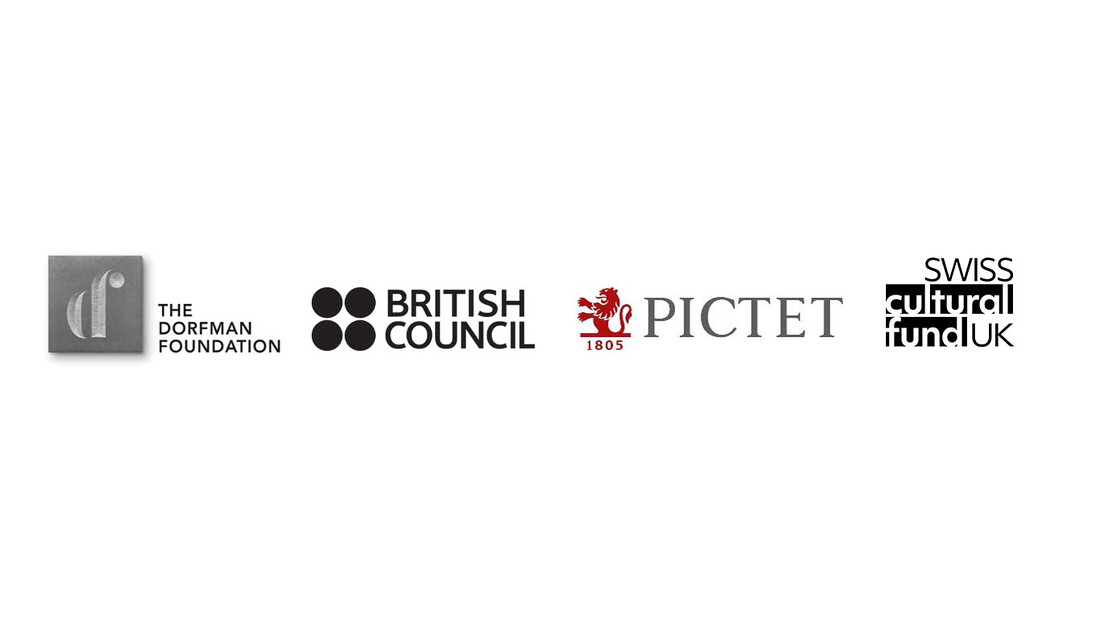Open call for the Royal Academy Dorfman Award
Do you know an architect, practice or collective whose work demonstrates the future potential of architecture? We are seeking ambitious projects and forms of practice that highlight new ways of working and approaches to architecture, taking into consideration geographical and socio-political conditions.
The Royal Academy Dorfman Award celebrates ideas and practices that highlight the future potential of architecture. The call for nominations is now open to experts and enthusiasts in the UK and around the world until November 30, 2021 here.
Four finalists of the RA Dorfman Award will be invited to London for a week of events in September 2022 and the winner will receive a prize of 10,000 GBP.
The finalists and eventual winner of the Award will be chosen by a renowned international jury chaired by Royal Academician and founder of Farshid Moussavi Architecture, Farshid Moussavi. Joining Moussavi on the jury are Director of the Aga Khan Award for Architecture Farrokh Derakhshani, Pulitzer Prize-winning author Hisham Matar, artist Cornelia Parker RA, Director of the Institute of Contemporary Art, University of Pennsylvania Zoë Ryan, and Peter St John, architect and Royal Academician, in partnership with co-founder of Caruso St John Architects, Adam Caruso.
Alongside the open call, we invite writers and critics from around the world to report on examples of new forms of practice in their regions, particularly as they are emerging in relation to contemporary challenges. Pitches for 300–500 word articles are welcome at: architecture [at] royalacademy.org.uk
Architecture programme highlights 2021/22
The RA’s programme for the year ahead places emphasis on discovering the meaning and poetry of architecture through the work of Hélène Binet and American architect John Hejduk.
John Hejduk: Building Worlds
The Ronald and Rita McAulay Gallery
March 22, 2022–May 2023
John Hejduk: Building Worlds will present a large-scale model from the Lancaster/Hanover Masque by the late American architect John Hejduk (1929–2000). Hejduk, who was Dean and Professor of the Cooper Union School of Architecture from 1964 until his death in 2000, designed a series of architectural characters, experimental anthropomorphic structures that illustrated his idea that buildings existed as part of a repertoire of stories and poetry.
The RA will work with Steve Jensen Design and students and tutors from the MA Interior Design at the RCA School of Architecture, to develop the design. The display will be complemented by a programme of workshops and activities exploring the narrative and imaginative power of architecture. It follows on from Light Lines: The Architectural Photographs of Hélène Binet and draws on the experience of Binet for whom John Hejduk was an important mentor.
Light Lines: The Architectural Photographs of Hélène Binet
The Jillian and Arthur M. Sackler Wing of Galleries
October 23, 2021–January 23, 2022
Light Lines is an intimate unveiling of architecture through the lens of the renowned Swiss-French photographer Hélène Binet. Over the past 30 years, Binet has travelled the world to photograph works by architects including Le Corbusier, Zaha Hadid RA, Nicholas Hawksmoor, Daniel Libeskind Hon RA, Jørn Utzon and Peter Zumthor Hon RA. The exhibition will span Binet’s career, showcasing around 90 images of more than 20 projects by 12 architects.
The exhibition will be accompanied by a range of activities both on and off line, including Hélène Binet in Conversation: Architecture and Music, where Binet is joined by RA curator Vicky Richardson for an evening celebrating the relationship between music and architecture, featuring a short recital by cellist Cecilia Bignall. In tribute to Binet’s photographs of Nicholas Hawksmoor’s churches, the event will be hosted at St George’s Bloomsbury, a landmark of English Baroque architecture.
The RA will also host Light Lines Soundings, where students from the MA History and Theory at The Bartlett School of Architecture, UCL will record their responses to the photographs and architecture included in the Light Lines exhibition.


